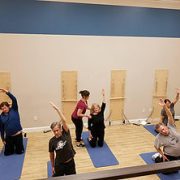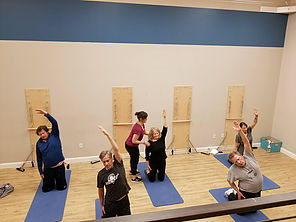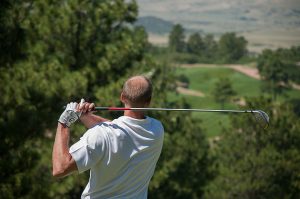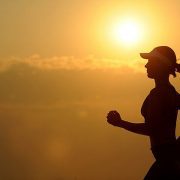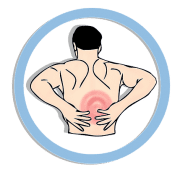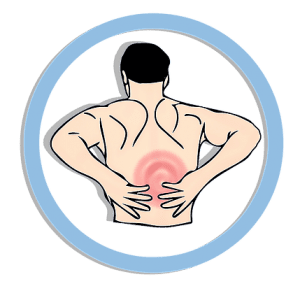Would a Tech-Detox be Good for your Health?
Technology is a huge part of all of our lives, and there’s nothing wrong with that. We rely on digital technology to do our jobs, communicate with friends and family, find answers to our most pressing questions, and so much more. If you’re reading this right now, it’s because you have access to the internet via your computer, phone, or other device.A 2016 report published by CNN tells us that on average, Americans spend over 50 hours per week online. This “world at your fingertips” has so many great assets, and yet it can be damaging to your health if you never take a break.

Too much screen time can disrupt normal sleep patterns and cause insomnia, lead to increased feelings of isolation, and decrease your attention span over time. And from a physical therapist’s standpoint, walking around looking down at your phone or sitting hunched at your computer for hours on end is terrible for your spine!
There’s no need to give up technology altogether – smartphones and other devices are an important part of the world we live in. However, research shows it can be incredibly beneficial to engage in a sort of “detox” from your gadgets and take a break! This doesn’t have to be as extreme as locking up your phone for a week or quitting social media altogether. You can take small strides towards freeing up those hours that you would otherwise spend online. For example, you can turn your phone off in the evenings, for instance at 5 or 6:00, so that you are not staring at a screen for several hours before bed. This allows your brain to produce its natural levels of melatonin, which your body needs to both fall and stay asleep! Another option would be to delete certain apps off of your phone. Is Facebook a big time suck for you? Try eliminating it from your mobile devices so that you can only access it from a computer. That way, you can prevent distraction when you’re out and about this summer. You can also delete those games that you play out of boredom or habit- which will free up your storage as well as your time! It’s hard to put away the phone altogether, because many of us rely on it for things like its camera function and music. If you’re carrying your phone with you constantly, try putting it on airplane mode. You won’t get texts or social media alerts, but you’ll still have access to your camera, music, calendar, and clock (including timers, alarms, and the stopwatch). You’ll be less distracted, but still get to enjoy the versatile functionality of your smartphone.

If you spend a lot of time during the day on the computer for your job, or have other commitments that require screen time, consider incorporating timed breaks into your day every 25 minutes to stretch and/or walk around. Easy everyday movement and mobility exercises really help to invigorate the body, and taking these breaks will ease tension in your back. You can read more about how prolonged sitting is tough on your back here. If your job requires constant sitting, try to stay up and moving when you get home. It’s easy to flop onto the couch after a long day, but consider stretching or doing a simple in-home workout while watching TV. Or instead of devoting hours strictly to TV watching altogether, you can catch up on your shows while making dinner or folding laundry, for example. Pairing a mobile activity with a passive activity like watching TV will not only make you more productive, but it will also save your back from the pressure and imbalance of prolonged sitting!
Do you have a tech-detox tip to share? Let us know on Facebook! We love to hear your thoughts, and invite you to get in touch if you have any questions about your back pain, mobility, or activity level.


